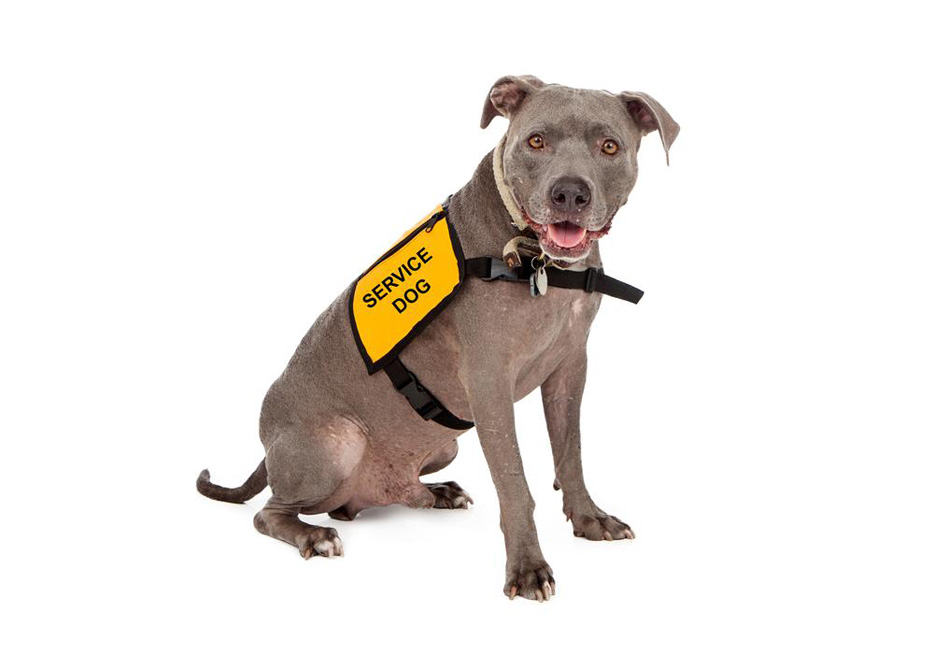Comprehensive Guide to Registering Your Emotional Support Dog: Step-by-Step Instructions
Learn how to legally register your emotional support dog with this comprehensive step-by-step guide. Understand the importance of consulting licensed professionals, obtaining the right certification, and ensuring your pet’s status is recognized for housing and travel rights. Protect your mental health and enjoy the benefits of having your supportive canine companion with proper documentation and knowledge of your legal rights.

Comprehensive Guide to Registering Your Emotional Support Dog: Step-by-Step Instructions
In today’s fast-paced world, many individuals are experiencing heightened stress levels and mental health challenges. As society becomes more aware of the importance of mental wellness, emotional support animals (ESAs) have gained recognition for their ability to provide comfort, reduce anxiety, and improve overall emotional health. Dogs, in particular, are one of the most popular choices for ESAs due to their loyal and empathetic nature. If you own a dog and believe it provides you with emotional relief, you might consider taking steps to officially register your pet as an emotional support animal. This process involves understanding the differences between ESAs and service animals, gathering appropriate documentation, and ensuring your pet’s status is recognized legally and practically.
Unlike official service animals trained to perform specific tasks for individuals with disabilities, ESAs do not require specialized training. Nevertheless, they play a critical role in helping their owners manage mental health issues such as depression, anxiety, PTSD, and more. Properly registering your dog as an ESA can facilitate housing rights, travel accommodations, and access to other benefits. This detailed guide aims to walk you through each step necessary to properly register your emotional support dog, ensuring your rights and your pet’s well-being are protected.
Step 1: Consult with a Licensed Mental Health Professional
The foundation of properly registering your emotional support dog starts with professional mental health guidance. To establish your pet's status as an ESA accepted by housing providers and airlines, you need an official recommendation letter from a licensed mental health provider. This letter acts as a formal certification that your dog provides essential emotional support to you. It’s important that this professional’s assessment confirms your mental health condition and underscores the necessity of an emotional support animal for your well-being.
Securing this letter can be done through your current therapist, psychiatrist, psychologist, or licensed counselor. If you do not have an existing mental health professional, there are trustworthy online platforms—such as Emotional Pet Support, ESA Doctors, or CertaPet—that connect you with licensed professionals who can evaluate your situation remotely. Remember, the credibility of your certification relies heavily on the credentials of the professional issuing it; thus, always choose reputable sources.
Step 2: Choose the Correct ESA Certification Document
After consulting with a licensed mental health provider, the next step involves selecting the appropriate form of certification based on your needs. There are different types of ESA letters designed to address various circumstances:
Housing Letter: Grants you the legal right to live with your ESA in no-pet housing, regardless of the property’s pet policies. This letter must specify the necessity of your dog for emotional support and your need for reasonable accommodation under the Fair Housing Act.
Travel Letter: Allows your dog to travel with you in airline cabins without additional fees, provided the airline accepts ESAs. This letter typically needs to be issued within a certain timeframe prior to travel (usually within the last year).
Combined Letter: Some individuals opt for a single certification that covers both housing and travel needs, streamlining documentation and verification processes.
Always confirm the purpose of the letter with the issuing professional, and ensure it explicitly states your need for an emotional support animal to support your mental health.
Step 3: Obtain and Properly Use Your ESA Letter
Obtaining your official ESA certification entails receiving a formal letter on the professional’s official letterhead. This document should include essential details such as the mental health professional’s license number, signature, and the date of issue. It must also clearly state that you suffer from a mental health disability and that your dog provides necessary emotional support that alleviates symptoms or contributes to your mental wellness.
To ensure acceptance across various platforms and legal contexts, your ESA letter should adhere to certain standards. It needs to be recent—generally issued within the past year—to reflect your current mental health condition. It’s also crucial to keep copies of this letter in easily accessible formats, both physical and digital, for when you need to present proof to housing providers, airlines, or other authorities.
Remember, an ESA letter is not an official registration or a license but a formal document that verifies your need for an emotional support animal. While there is no federal registry for ESAs, the proper documentation is key to exercising your legal rights effectively.
In summary, the process of registering your emotional support dog involves understanding your rights, consulting with qualified professionals, and securing proper documentation. By following these steps, you ensure that your loyal canine companion can accompany you in various settings and contribute to your mental health journey. Proper registration not only provides legal protections but also affirms your dedication to your pet’s well-being and your own mental health management. Remember always to verify the legitimacy of your documents and stay informed about current regulations related to ESAs, as policies may evolve over time.




